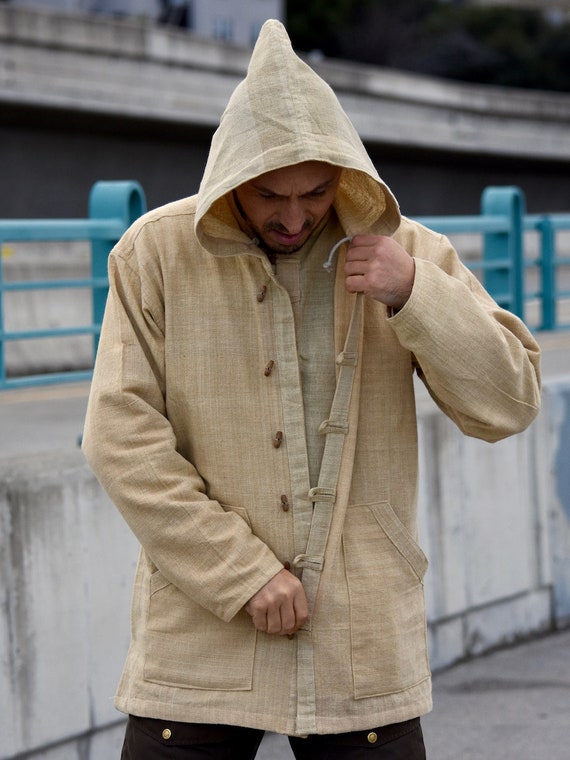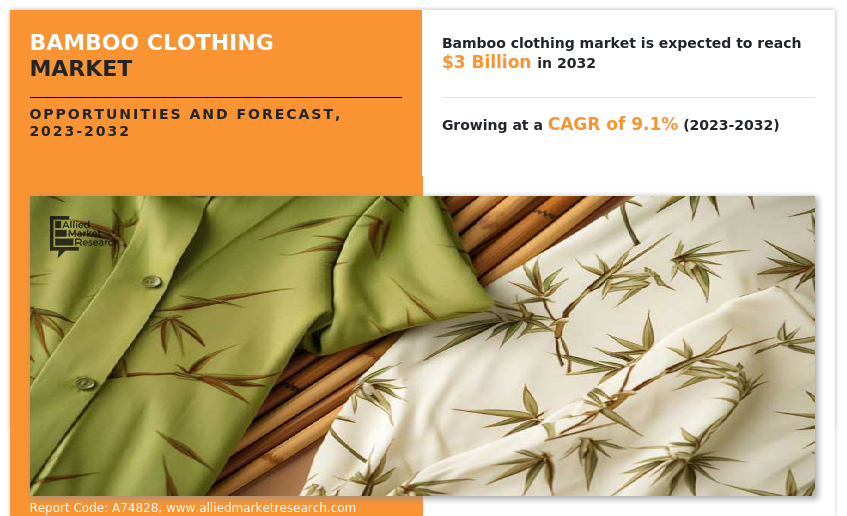Top Tips On Deciding On Bamboo Clothing
Wiki Article
What Are The Environmental Benefits Of Hemp Clothing That Is Low-Impact?
Hemp clothing that is low impact has numerous environmental benefits in comparison to clothes made of other materials, notably synthetic fibers and cotton that is conventional. Hemp clothing has a variety of environmental advantages. Hemp is fast growing and requires less water, pesticides and herbicides than other plants. Hemp thrives in a variety of kinds of soils and climates. It also reduces the need of agricultural chemicals.
Hemp is known to require less water than cotton. Cotton is, however, is known for its reliance on water. It makes hemp a green option for clothes.
Hemp is able to grow without herbicides or pesticides. In a lot of cases this helps reduce the environmental impact of chemical agriculture.
Hemp is good for the health of soil. The deep roots of the plant stop erosion and compaction. Hemp leaves the soil more prepared for the future crops.
Hemp can be biodegraded. It is able to break down naturally with time and reduces the amount of textile waste. Synthetic fibers, like polyester, can take up to a few hundred years to degrade.
Lower Carbon Footprint. The production of hemp fibres is usually lower in carbon than the production of synthetic materials. Hemp can also act as a carbon dioxide sink by absorbing it from the air during its growing process.
Hemp clothes are known for being durable and lasts for a long time. Hemp clothing of high quality will last for a long time. This reduces the need to replace it regularly and also waste.
Hemp plants naturally resist various insects. They don't need pesticides.
Hemp offers a broad range of applications in textiles, including bags, clothing, accessories, and more. This makes it an eco-friendly, versatile option for fashion and textiles.
Regenerative agriculture- Certain sustainable farming methods integrate hemp into regenerative agricultural systems which aim at restoring and improving ecosystems while producing plants. This method could positively impact the natural environment.
The process of dyeing, the transportation as well as consumer behavior all have an impact on the overall sustainability. Like any other sector, there are different methods of production and the standards. So, it's crucial to find organic hemp clothing or certified hemp clothes. This will provide the highest environmental benefits. Follow the most popular hemp clothes hints for more examples including jungmaven sweatshirt, hemp clothing near me, hemp apparel fabric, t shirt hemp, patagonia hemp jacket, hemp garments, hemp boxer shorts, hemp sweatshirt, hemp baja hoodie, jeans hemp and more.

How Do Hemp Fibers Improve On Carbon Sequestration And Sustainability, As Well As The Crop Rotation?
Carbon Sequestration Hemp fibers provide many environmental benefits such as the sustainability of crops, crop rotation as well as carbon sequestration.
Hemp grows quickly, maturing within 70-120 days, depending on its variety and growing conditions. During their rapid-growth phase, hemp absorbs carbon dioxide from the air through photosynthesis. Carbon uptake is a major contributor to carbon sequestration and decreasing CO2 emissions from the air.
Biomass Production Hemp is known for its high biomass production. The thick foliage of the plant and its tall stalks produce an enormous amount of organic matter. When integrated in soil, or used to create various products could contribute to the accumulation of carbon.
Sustainability:
Hemp requires less synthetic pesticides, herbicides, and herbicides than many other crops like cotton. Hemp's natural resistance against many pests & diseases reduces chemical treatments. Organic hemp farming, in particular is a sustainable farming method by avoiding synthetic chemical substances.
Hemp can be irrigated using minimal water, unlike traditional cotton, which is water-intensive. This is why it is more sustainable in areas that have limited water resources.
Hemp roots are deep and help improve soil quality. The roots of Hemp can prevent erosion through stabilizing soil structure and decreasing runoff. Hemp farming may increase soil microbial activity, increasing the fertility of soils and the cycle of nutrient.
Hemp can be integrated into crop rotation systems. Crop rotation means alternating crop varieties in a field over time. This technique can end the cycle of diseases and pests as well as reduce soil erosion and improve the soil's structure. Hemp's role in crop rotation helps to ensure sustainability.
Crop Rotation
Diversification- Hemp can be incorporated into crop rotation systems alongside other crops, such as legumes vegetables, grains or grains. Diversification is crucial to maintain soil health, while reducing the risk of pests or diseases specific to particular crops, as well as promoting balanced nutrient cycle.
Hemp's deep roots penetrate and aerate soil which reduces compacting and increases water infiltration. After harvesting hemp the improved soil structure helps future crops that follow in the cycle.
In summary, hemp fibres improve the storage of carbon, sustainability and crop rotation practices due to their rapid growth and biomass production. Additionally, they require a minimum of chemical inputs, make good utilization of water, and are compatible with crop rotation systems. These characteristics make hemp production a sustainable and regenerative agriculture practice. The fibers that result are suitable for use in textiles or other eco-friendly applications. Take a look at the most popular continued for hemp clothes for blog info including hoodlamb jacket, hemp garments, hemp tees, hemp boxer shorts, hemp denim, hemp shorts patagonia, hemp hoodie, hemp apparel wholesale, hemp athletic wear, hemp shorts and more.

What Are The Benefits Of Bamboo Clothing In Terms Of Comfort And Environment?
Bamboo clothing can be both ecologically friendly and comfortable.
Softness Bamboo fabric is well-known for its extraordinary softness. It has a silky smooth texture that feels good against the skin. Many people find bamboo clothing to be luxuriously soft making it a preferred choice for intimate apparel such as loungewear, activewear, and loungewear.
Bamboo fibers have a natural ability to wick moisture and are breathable. These micro-gaps let air circulate and keep you cool. Moisture-wicking fabrics help draw sweat away from your skin and reduce the feeling of dampness.
Bamboo clothing is great for thermoregulation. It helps keep you warm in colder temperatures by retaining the heat near to your skin. It also helps to remain cool during summer heat because it lets excess heat and moisture escape. Bamboo clothing is suitable for wear all year round because it is adaptable to different temperatures.
Hypoallergenic- Material made from bamboo is soft and hypoallergenic. It is less likely to cause allergies or irritation. This makes it an ideal option for people with allergies or skin sensitivities.
Bamboo fibers possess natural antimicrobial properties that can assist in preventing the growth of odor-causing bacteria. This helps bamboo clothing keep fresh and clean after exercise.
Environment-
Bamboo is a source of renewable energy that is sustainable. It is among the fastest-growing plants around the globe and requires minimal water and no herbicides or pesticides for cultivation. Bamboo grows from its roots, making it possible to harvest the plant without damaging the plant.
Bamboo is naturally water-efficient. It thrives with only minimal irrigation, and is often planted using rainwater only, reducing the environmental impact caused by water use in agriculture.
Biodegradability Bamboo clothing naturally decomposes when it is thrown out. This property decreases the accumulation in landfills of nonbiodegradable textiles.
Carbon Sequestration- Bamboo plants can capture carbon dioxide (CO2) from the atmosphere in their rapid expansion. Bamboo farming can reduce greenhouse gas emissions as well as act as a source of carbon.
Chemical Reduction- The production and processing of bamboo fabric typically require less chemicals than some other textiles. This can help reduce the impact on the environment that manufacturing textiles produces.
Closed-Loop Manufacturing Certain manufacturing methods for bamboo fabrics use closed-loop production, which recycles and reuses water and chemicals to reduce the amount of waste and pollution.
It is important to keep in mind that the environmental impact of a garment can vary depending upon the manufacturing process used, as well as whether the bamboo used was sourced from sustainably managed and ethically managed bamboo forests. To achieve the greatest environmental benefits buyers should opt for bamboo clothes made using eco-friendly and ethical practices. View the best bamboo clothes for website examples including bamboo bed clothes, bamboo dress shirt, bamboo under wear, ladies bamboo pants, bamboo baby pajamas, bamboo fabric clothing, bamboo cay shirts, bamboo apparel wholesale, bamboo clothing underwear, bamboo undergarments and more.
